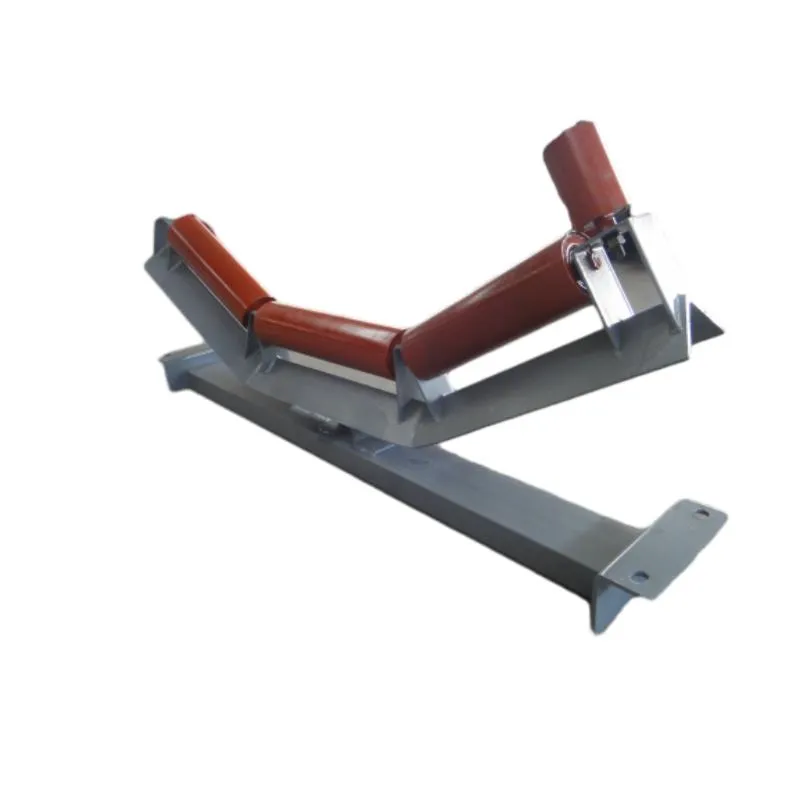 Afrikaans
Afrikaans  Albanian
Albanian  Amharic
Amharic  Arabic
Arabic  Armenian
Armenian  Azerbaijani
Azerbaijani  Basque
Basque  Belarusian
Belarusian  Bengali
Bengali  Bosnian
Bosnian  Bulgarian
Bulgarian  Catalan
Catalan  Cebuano
Cebuano  Corsican
Corsican  Croatian
Croatian  Czech
Czech  Danish
Danish  Dutch
Dutch  English
English  Esperanto
Esperanto  Estonian
Estonian  Finnish
Finnish  French
French  Frisian
Frisian  Galician
Galician  Georgian
Georgian  German
German  Greek
Greek  Gujarati
Gujarati  Haitian Creole
Haitian Creole  hausa
hausa  hawaiian
hawaiian  Hebrew
Hebrew  Hindi
Hindi  Miao
Miao  Hungarian
Hungarian  Icelandic
Icelandic  igbo
igbo  Indonesian
Indonesian  irish
irish  Italian
Italian  Japanese
Japanese  Javanese
Javanese  Kannada
Kannada  kazakh
kazakh  Khmer
Khmer  Rwandese
Rwandese  Korean
Korean  Kurdish
Kurdish  Kyrgyz
Kyrgyz  Lao
Lao  Latin
Latin  Latvian
Latvian  Lithuanian
Lithuanian  Luxembourgish
Luxembourgish  Macedonian
Macedonian  Malgashi
Malgashi  Malay
Malay  Malayalam
Malayalam  Maltese
Maltese  Maori
Maori  Marathi
Marathi  Mongolian
Mongolian  Myanmar
Myanmar  Nepali
Nepali  Norwegian
Norwegian  Norwegian
Norwegian  Occitan
Occitan  Pashto
Pashto  Persian
Persian  Polish
Polish  Portuguese
Portuguese  Punjabi
Punjabi  Romanian
Romanian  Russian
Russian  Samoan
Samoan  Scottish Gaelic
Scottish Gaelic  Serbian
Serbian  Sesotho
Sesotho  Shona
Shona  Sindhi
Sindhi  Sinhala
Sinhala  Slovak
Slovak  Slovenian
Slovenian  Somali
Somali  Spanish
Spanish  Sundanese
Sundanese  Swahili
Swahili  Swedish
Swedish  Tagalog
Tagalog  Tajik
Tajik  Tamil
Tamil  Tatar
Tatar  Telugu
Telugu  Thai
Thai  Turkish
Turkish  Turkmen
Turkmen  Ukrainian
Ukrainian  Urdu
Urdu  Uighur
Uighur  Uzbek
Uzbek  Vietnamese
Vietnamese  Welsh
Welsh  Bantu
Bantu  Yiddish
Yiddish  Yoruba
Yoruba  Zulu
Zulu Design and Applications of Conveyor Bend Pulleys in Material Handling Systems
Understanding Conveyor Bend Pulleys Function and Importance
In modern manufacturing and logistics, the efficient movement of materials is crucial for maintaining productivity and profitability. One key component of this system is the conveyor belt, which relies on various parts to function effectively. Among these parts, conveyor bend pulleys play a significant role, facilitating directional changes in conveyor systems and ensuring smooth operation.
What is a Conveyor Bend Pulley?
A conveyor bend pulley is a type of pulley used in conveyor systems to change the direction of the belt. It is typically located at the turning point of a conveyor line where the path changes from horizontal to vertical or vice versa. The bend pulley ensures that the conveyor belt remains properly aligned and operates efficiently, reducing the risk of slippage or wear on the belt.
Bend pulleys are made from durable materials capable of withstanding the demanding conditions of industrial environments. They are usually equipped with a rubber or metal coating to provide better grip and resistance to wear. The design of bend pulleys can vary, with some featuring a crowned shape to aid in belt alignment.
The Functions of Conveyor Bend Pulleys
1. Directional Change The primary function of a bend pulley is to redirect the belt along its desired path. This is essential in complex conveyor layouts, where a straight line is not feasible.
2. Support and Stability Bend pulleys provide support to the conveyor belt, maintaining its tension and helping to keep it aligned. This support is crucial for the efficient operation of the conveyor system, as it minimizes the potential for belt misalignment and reduces the chances of system breakdown.
3. Reducing Wear and Tear By guiding the conveyor belt through turns smoothly, bend pulleys reduce friction and wear on both the belt and the pulleys themselves. This leads to longer operational life for both components, reducing maintenance costs and downtime associated with belt failures.
conveyor bend pulley

4. Facilitating Material Handling In many applications, bend pulleys enable the effective handling of materials across different levels. For instance, in a warehouse setting, products may need to be moved from ground level to the second floor. Bend pulleys facilitate this movement without the need for manual intervention or additional machinery.
Key Considerations for Selecting Bend Pulleys
When choosing bend pulleys for a conveyor system, several factors should be considered to ensure optimal performance
- Belt Type and Size The size and type of the conveyor belt directly influence the design and size of the bend pulley. It's crucial to match these components to avoid issues related to fit and function.
- Material Handling Requirements The nature of the materials being transported—such as weight, shape, and any special handling requirements—should inform the choice of bend pulleys.
- Environmental Conditions The working conditions (e.g., exposure to moisture, temperature extremes, or chemical exposure) will determine the materials and coatings best suited for the bend pulleys to ensure longevity and reliability.
- Load Capacity Each bend pulley is rated for a specific load capacity. It's important to choose a pulley that can handle the expected loads without risk of failure.
Conclusion
Conveyor bend pulleys are vital components that enhance the efficiency and reliability of conveyor systems. By understanding their function, selection criteria, and importance, businesses can make informed decisions that lead to improved material handling processes and reduced operational costs. Whether in manufacturing, distribution, or any industry reliant on conveyor systems, investing in high-quality bend pulleys is an essential step towards ensuring smooth and efficient operations.
-
Revolutionizing Conveyor Reliability with Advanced Rubber Lagging PulleysNewsJul.22,2025
-
Powering Precision and Durability with Expert Manufacturers of Conveyor ComponentsNewsJul.22,2025
-
Optimizing Conveyor Systems with Advanced Conveyor AccessoriesNewsJul.22,2025
-
Maximize Conveyor Efficiency with Quality Conveyor Idler PulleysNewsJul.22,2025
-
Future-Proof Your Conveyor System with High-Performance Polyurethane RollerNewsJul.22,2025
-
Driving Efficiency Forward with Quality Idlers and RollersNewsJul.22,2025





























